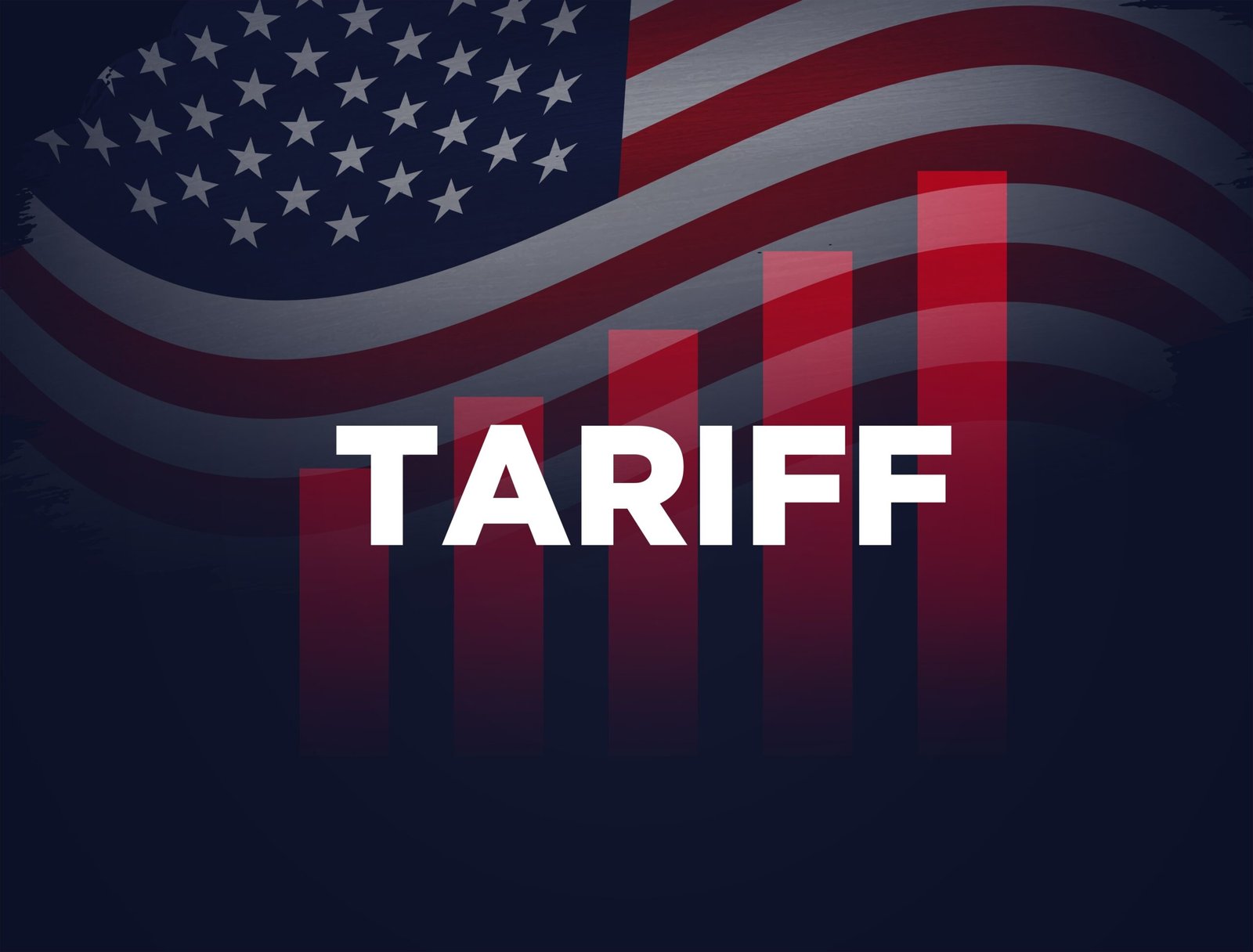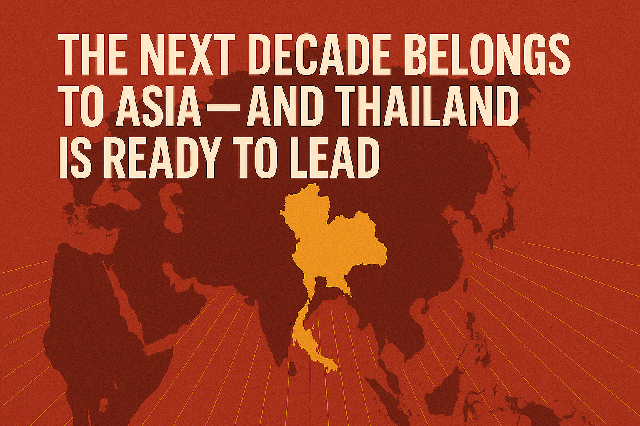The textile industry of Thailand – the once Booming Sector of the Nation
The textile industry of Thailand used to be a booming sector with its spinning, weaving, and garment enterprises. Here, in this content, you will get some important information about the textile industry. Indeed, the western world has strongly dominated the apparel and textile industry since the ’80s, but now the eastern zone has also shown some impressive progress in this sector, and among them, one of the major players on the apparel and textile front in Thailand. This country has more than two thousand textile and garment companies, and the best factor is that most of them are located around eastern Thailand and Bangkok.
The comprehensive structure of the company
The industrial sector of Thailand is proficient in producing sportswear, casualwear, kid’s wear, womenswear, and so on. The force behind this growing sector of the country is their efficient labour skill and all-around managing capacity. The use of high-tech equipment and advanced technology are also fostering the growth of textile goods.
Thailand is one such country that efficiently handles all aspects right from design, and production to supply. Over the years, the country has gained the recognition of being a renowned silk producer all over the world. Along with this, the country is efficient in offering world-class printing services meeting global standards.
Import and export leads of the country
The garment industry of Thailand is expanding at a fast pace, and it is supported by more than 1 million employees, which is truly commendable. The textile industry is also supported by 300,000 people, and therefore, these two industries are the most important employment sectors of the country. The textile industry of the country supports a huge population in respect of employment generation. Almost 40% of Thailand’s population employment is engaged in this sector.
What are the cons in this sector of Thailand?
The economy of Thailand is not so strong in comparison to other Asian countries like India and China. These people have minimum purchasing power, and this directly affects the domestic market of the country. It is one of the reasons why Thailand has to clean its foreign markets to sell its textile items.
Another con that exists in this sector of Thailand is the scarcity of raw materials. For example, the textile industry of the country requires around 5 million tons of cotton, but the country can produce only two per cent of the requirement.
Aim of Thailand
The textile sector of Thailand mainly targets the markets of Japan, the United Kingdom, and the United States of America to export its textile items and garments. It has also considered the Russian market. In recent days, the textile industry is expanding its imprint across the world.
The Thai government is also implementing strong plans and programs in this direction by providing vocational training to workers and offering credit to small and start-up industries. The private sector has also joined the hands of the government to bring innovation to the textile industry sector. They are trying to bring advanced technology into finishing, printing, weaving, knitting, and dyeing as well.
Their main focus is on modernizing the technology sector with greater control and efficiency. For this, they are also providing vocational and other types of training to the workers to improve their skills in this sector. By taking all these measures, the textile industry of this country will surely get completeness shortly.
In recent years, the fashion industry of Thailand is blooming at a fast pace, and it has been showcased in the Bangkok Fashion fair, which was held in the year 2015. More than seven hundred companies participated in this event, which shows an increase of 1.5 per cent from the previous year.
The Thai designers have represented their wide collections and showcased their talent to the people of the world to attract international clients. Today, the country has gained a huge number of foreign clients who belong to Malaysia, Japan, Austria, Canada, and so on. It seems that the young generation of this country is more interested in the fashion industry than ever.
What are the advantages associated with Thailand’s textile industry?
Thailand possesses an advantage in the textile sector at present because they are having the capability as well as the efficiency to produce synthetic fibres than just planting natural fibres. The country has planted and harvested natural fibres all over the nation. They also have several mills to process them the right way, unlike other countries. This advantage has made this country one of the largest exporters of cotton.
Here, you will come to know about a few points that have made the textile sector of this sector a blooming one. Let’s have a look at those points below –
- It has a complete value chain: At present, the country has more than 45 thousand textile industries, or you can say, producers who manufacture different types of items fibres, yarns, clothing dyeing, etc. in fact, the textile industry of this country has shown a commendable performance over five decades in respect of performance, competency, knowledge, expertise and so on.
- With advanced technology, the country has become the greatest exporter of textile items and producers at the same time. For reaching their business goals, for increasing their productivity level and competitiveness at the same time, many manufacturers have thought of applying the concept of smart factories.
Yes, it is a new concept that involves the use of the computerized system for increasing the overall efficiency of the workers and thereby automatically enhancing the production level of the organization. Considering the robust environmental condition of the country, Thai manufacturers are also taking strong steps towards green production by recycling raw materials and generating various waste management strategies.
- They have a highly-skilled workforce: it is a proud moment for Thailand as they are well-known for their efficient and hard-working labour force. The Thai government is also working hard to bring a hard-working labour force to the garment and textile sector. All small and big enterprises are well-equipped with qualified workers and researchers who efficiently deal with all aspects of this industrial sector.
From the above discussion, it appears that the textile sector of Thailand is one of the booming sectors, and it contributes a lot to the employment sector of the country.
Please read more about Ande’s thought leadership on Future Businesses and the top 10 technologies that would prevail in our future times.
Bio Revolution | Genetic Engineering | Clean Energy | Virtual Reality | Sustainability | Nano Technology | Machine Learning | Internet of Things (IoT) | Artificial Intelligence | Cyber Security & Cloud Computing








